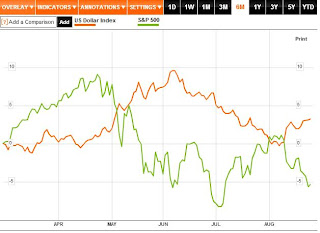About CitiFX Pro
Quite simply, CitiFX Pro is part of Citigroup—the huge conglomerate that began in 1812 and became one of the largest American banks by 1895. Citigroup began offering online forex trading in 2007, by joining forces with Saxo Bank and offering their software as an adaptation of Saxo Trader. CitiFX Pro is still supported by Saxo Bank in conjunction with Citi. CitiFX Pro added mobile trading in 2009. Compared to some of the other forex traders, CitiFX Pro is very much a newcomer. But the size and history of Citigroup more than make up for the newness of CitiFX Pro.
Key Registrations
As a bank, Citi is in its own category. It is not always clear what registrations CitiFX Pro uses through its connection to Citi, but quite feasibly it could use all of Citigroup’s registrations, which are practically universal. This is one reason that CitiFX Pro can offer more currency pairs than its competitors.
Contact Information At A Glance
Customer service is one of the major values most users of CitiFX Pro have enjoyed. CitiFX Pro can offer this kind of value because of its size and history. For many, this could be a legitimately determining factor in the decision. It would be helpful, however, if Citi offered live chat.
- Toll-Free Phone Number: 1 (877) 265-7781
- Alternative Phone: 1 (877) 397-7670
- Email Support: sales@citifxpro.com
CitiFX Pro allows trading in more than 130 currency pairs, including many emerging markets that other brokerages do not allow.
CitiFX Pro uses a proprietary software—CitiFX Pro Desktop, Web or Mobile. This platform has free streaming news and data. You will also find one-click execution and a wide range of other execution tools. The CitiFX Pro platform also includes broad charting capabilities.
CitiFX Pro also offers mobile trading on cell phones or other devices. One great feature—the software is ported to the Blackberry and iPhone. This allows traders to monitor their positions in real-time, 24-hour streaming. It also offers electronic alerts if margin usage approaches key levels.
Many users find the CitiFX Pro software to be unintuitive and challenging to use. In general, this software is not the best choice for beginning forex traders and is designed with the high-end trader in mind.
Minimum Deposit Amounts
CitiFX Pro may have one of the highest opening deposit requirements—$10,000. This is just one other way that CitiFX Pro is clearly intended for advanced traders and institutions. You can make this deposit by wire.
One advantage comes from the fact that Citi is also a bank. All dollar amounts held in CitiFX Pro accounts are FDIC insured up to the normal $250,000. This is a very unusual feature in forex brokerages.
Platform







